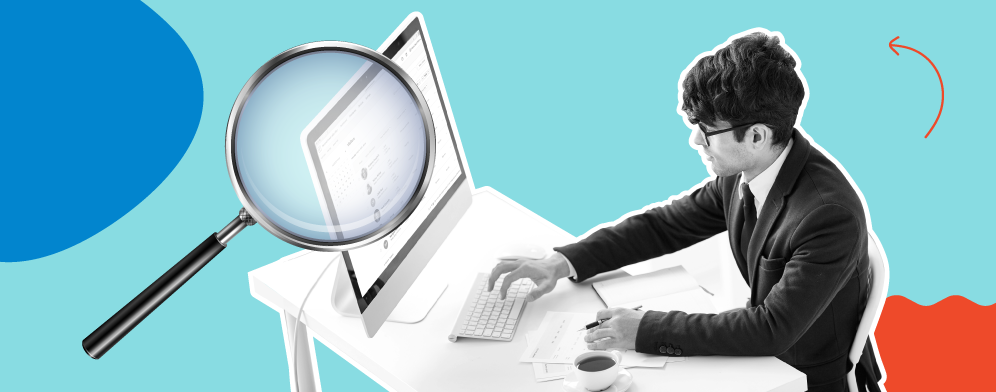1. What is Employee Monitoring?
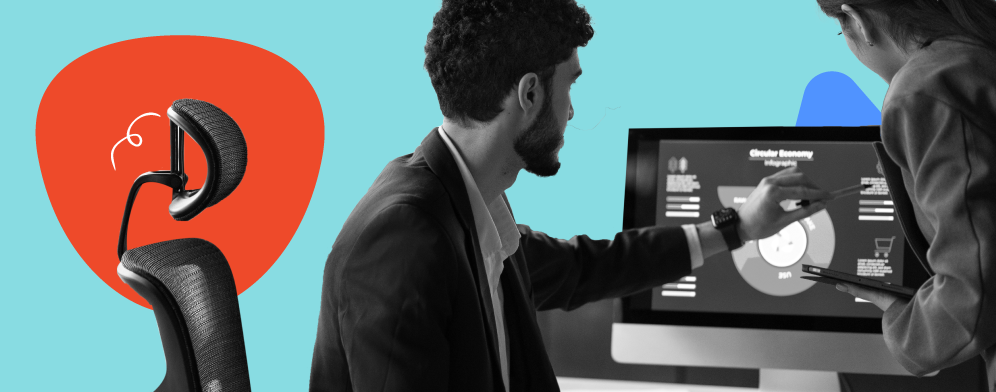
Employee monitoring refers to the use of different tools to track and observe employee's activities behaviors, and interactions within the workplace. The purpose of employee monitoring varies but is typically used to enhance productivity, ensure data security, comply with regulations, evaluate performance, and promote adherence to company policies.
2. Types of Employee Monitoring
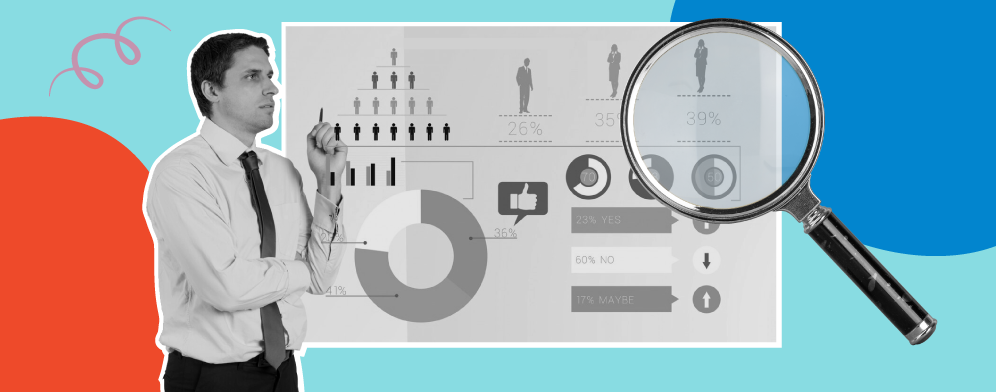
2.1.Traditional Types of Employee Monitoring
2.1.1. Time and Attendance Tracking
If you are looking at employee monitoring examples, time and attendance tracking is one of the oldest and most common methods. This refers to recording the hours worked by employees to ensure they are in compliance with the designated work schedules.
One of the most common ways to manage time and attendance is time clocks. Earlier employees used to manually sign in and out on timecards or attendance sheets. These records were later collected and processed by HR or payroll personnel. Now, most companies use biometric or RFID technology for more accurate tracking.
2.1.2. CCTV Surveillance
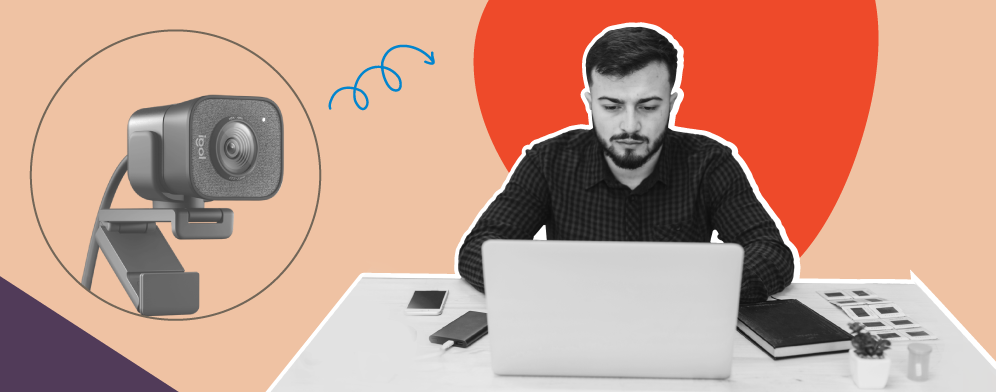
Closed-circuit television surveillance or CCTV is another very common way to monitor employees. This involves the use of video cameras to monitor employees' activities in the workplace. Cameras are strategically placed in various locations, such as entrances, hallways, break rooms, and production areas to keep tab on employees as well as for security reasons.
The collected footage can be monitored in real-time or recorded for later review. However, if you work in a distributed set up this is one types of employee monitoring that is just not a possibility.
2.1.3. Access Control Systems
This one is usually used for restricted areas and proprietary work. Access control systems regulate and monitor the entry and exit of employees in certain areas of the workplace. These systems use key cards, badges, or biometric credentials to grant access to authorized personnel.
This is also often integrated with time and attendance tracking to automatically record employee entries and exits.
2.1.4. Keyloggers and Screen Monitoring
Keyloggers refer to software or hardware devices that record every keystroke made by an employee on their computer. Screen monitoring is a feature of many employee
monitoring software that captures screenshots or records the employee's computer screen at regular intervals.
This is a common method and also one that almost always raises privacy concerns especially if employees are using their own devices.
2.2.Digital Types of Employee Monitoring
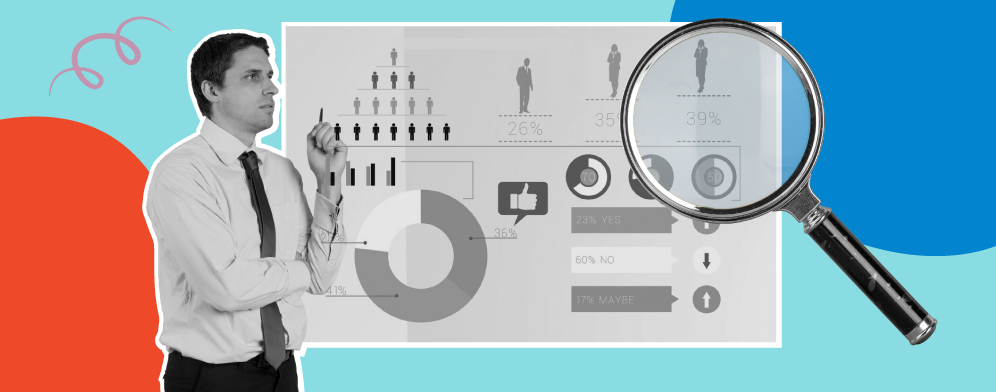
2.2.1. Email Monitoring and Content Filtering
As an employer you can monitor your employee's email content, recipient lists, timestamps, and attachments to ensure compliance with company policies, prevent data breaches, and protect sensitive information. The other method that you can use as an employer is content filtering which includes blocking or restricting access to certain websites, emails, or content categories deemed inappropriate or non-work-related.
2.2.2. Internet Usage Tracking
There are employee monitoring tools such as Hubstaff and Time Doctor that help you look at an employee's online activities. This consists of websites visited, time spent on each site, and the amount of data downloaded/uploaded. All of this helps assess employee productivity and identify excessive non-work-related browsing, which can end up having an effect on overall efficiency.
2.2.3. Social Media Monitoring
A company’s reputation is its biggest asset and so you may find employers monitoring public posts and profiles. This is also done to ensure employees do not disclose sensitive information, and address potential violations of company policies.
On one hand one can see why this is needed. But at the same time monitoring employees' personal social media accounts raises significant ethical concerns and can negatively impact employee morale and trust.
2.3. GPS and Location Types of Employee Monitoring
2.3.1. Company Vehicle Tracking
Company vehicle tracking is important especially if your company operates in the supply chain logistics sector. Many businesses rely on GPS tracking systems to manage their fleet of vehicles, especially in delivery services, logistics companies, and transportation services. Fleet tracking provides real-time information about
vehicle locations, routes taken, speed, and idle times, enabling businesses to optimize routes, reduce fuel costs, and enhance overall efficiency.
Additionally, GPS tracking allows companies to provide customers with accurate delivery status updates, leading to improved customer satisfaction.
2.3.2. Mobile Devices Tracking
Mobile device tracking has been gaining traction, particularly with the increasing trend of Bring Your Own Device (BYOD) in workplaces. Businesses enhance data security by enabling remote wiping or locking of lost or stolen devices, protecting sensitive company information from unauthorized access.
For industries with strict regulatory requirements, mobile device tracking ensures compliance with security protocols, minimizing the risk of data breaches and potential legal implications.
2.4. Performance and Productivity Types of Employee Monitoring

2.4.1. Employee Performance Metrics and KPIs
Another way to monitor employees is through employee performance metrics and key performance indicators (KPIs). These are specific and measurable metrics aligned with organizational goals that reflect an employee's or team's contribution to the bottom line. Common examples include sales revenue, customer satisfaction scores, project completion time, and productivity ratios.
Regularly monitoring KPIs enables objective performance assessment, identifying high-performing employees, recognizing areas for improvement, and providing targeted coaching and training.
2.4.2. Software Tools for Productivity Measurement
Employee monitoring tools offer valuable insights into employee performance and work patterns. They help employees record task-specific time allocation accurately, aiding project management by providing progress updates, cost estimates, and efficient resource allocation.
This software is especially useful for remote work monitoring, allowing employers to monitor productivity during work hours
3. FAQs
3.1. What are the ways of monitoring employees at work?
Some ways to monitor employees at work include employee monitoring software, access control systems, email monitoring and content filtering, internet usage tracking, social media monitoring, and GPS and location tracking.
3.2. Why is employee monitoring important?
Employee monitoring is important for several reasons. Firstly, it enhances security and reduces the risk of data breaches, protecting sensitive company information from unauthorized access. Secondly, it plays a crucial role in increasing productivity by identifying areas for improvement and optimizing work processes.
 Interested in Virtual Team Building Events?
Interested in Virtual Team Building Events?



